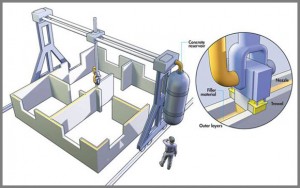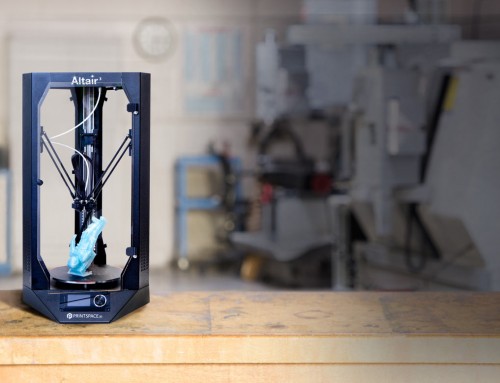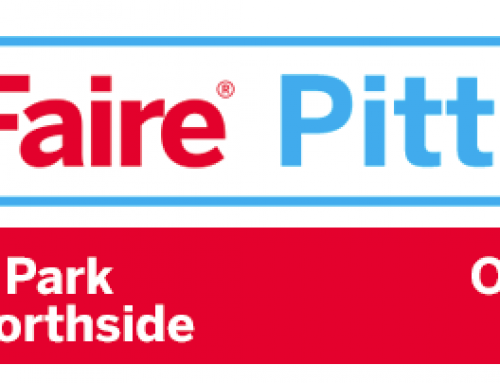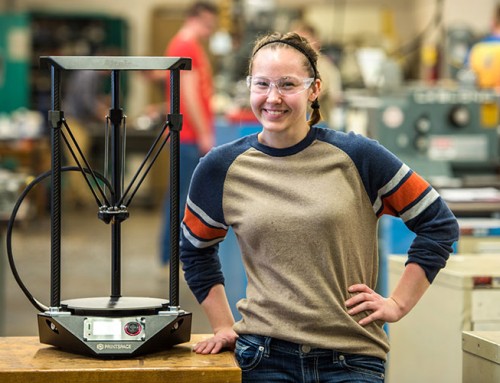With its ties to industry and manufacturing, it’s not surprising that 3D printing has found its way into construction. What is surprising, however, are the novel and interesting ways the same basic principles used to work with ABS and PLA plastic filament on a desktop printer are being applied to printing houses and buildings.
3D Printing with Concrete
The Contour Crafting project has been using a system similar to Cartesian desktop printing to create concrete walls. Developed at the University of Southern California by Dr. Behrokh Khoshnevis, it uses a set of parallel rails with a tank attached to the frame to extrude uncured concrete. It systematically lays down layer after layer of concrete, using a grasping arm for placement of prefabbed components, such as structural beams. This allows it to quickly create one or more structures, with custom layouts and embedded conduits for electrical, plumbing, and HVAC systems.
Check out the video below to see Behrokh Khoshnevis presenting at TEDxMedellin on this concept:
Printing Space Colonies?
NASA has been considering using 3D printed buildings in future manned missions to other worlds. Contour Crafting has already considered this use of their technology, and has several proposals in place for printing spaces for both laboratories and manufacturing in future lunar and martian expeditions. Dr. Khoshnevis has proposed the transport of printing equipment designed to use the native materials on the lunar or martian surfaces to rapidly produce these facilities. As mentioned in the TEDX video, it would melt and extrude stone and dirt from the planet or moon’s surface. This cools, forming a material as strong as the terrestial concrete the system is designed to work with on Earth.
Reducing the need for human labor and materials transported from Earth would be a huge advantage in setting up extraterrestrial infrastructure. Watch this concept video from NASA:
Wisun’s Houses
This past April, Wisun Decoration Design Engineering built ten homes in twenty four hours in Shanghai, China. Like Contour Crafting’s proposal, it printed homes using concrete. Instead of printing the complete house, however, it printed sections at a time that were assembled by a team on site. Also differing from Contour Crafting’s ideas, the homes do not have the plumbing and electrical systems installed as the rest of the building is being constructed. Instead of using a pick and place arm incorporated into the building printer, these utilities would need to be installed by a contractor after the pieces were assembled.
This is more modest than Khoshnevis’s plans, but as a proof of concept, it illustrates that the idea is feasible. Also, with a price tag of approximately $5,000 a building, it shows that the financial advantages are there. As the technology progresses and we see more work from Khoshnevis and other innovators, I suspect that our idea of a typical construction site will change drastically in the not-too-distant future.





